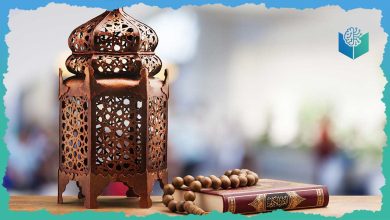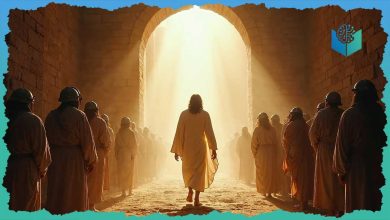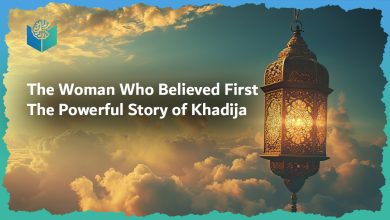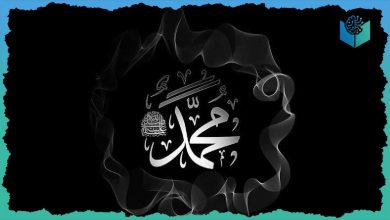Everything You Need to Know About Prophet Muhammad
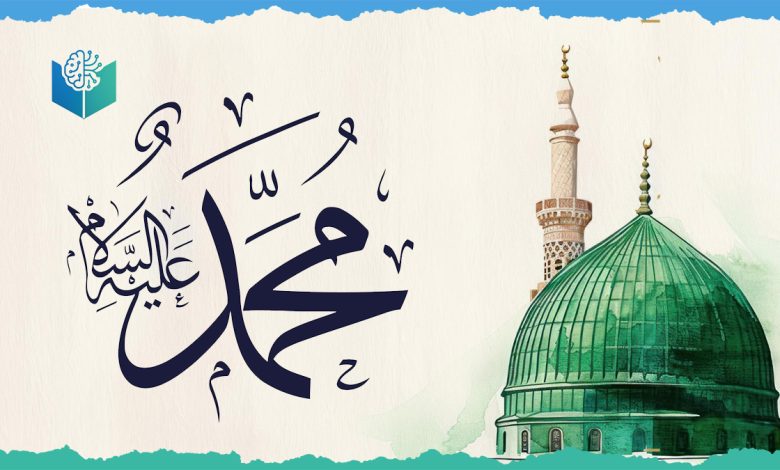
Everything You Need to Know About Prophet Muhammad ﷺ: A Comprehensive Biography
Prophet Muhammad ﷺ (peace be upon him) is honored by nearly two billion people around the world as the most influential and beloved figure in history. His life is far more than a sequence of events—it’s a timeless guide filled with wisdom, compassion, and moral strength. From his early life in Mecca to his divine mission and the foundation of a global faith community, his teachings continue to shape lives and societies. In this article, you’ll find Everything You Need to Know About Prophet Muhammad ﷺ, tracing his remarkable life, exploring his enduring influence, and understanding the lasting legacy he left for humanity.
The Prophet Muhammad Story: From Birth to Prophethood in a Troubled Land
The life history of Prophet Muhammad from birth to death unfolds in a tumultuous Arabian Peninsula during the 6th and 7th centuries CE. Muhammad ibn Abdullah was born in Mecca, a prominent trading and religious center, around 570 CE. His early years were marked by significant hardship, shaping his character with resilience and empathy. He became an orphan at a tender age, losing his father, Abdullah, before his birth, and his mother, Amina, when he was just six years old. This left him under the care of his paternal grandfather, Abd al-Muttalib, and later, his uncle, Abu Talib. Both were influential figures within the Quraysh tribe, but Muhammad’s upbringing was devoid of the typical privileges of his clan’s elite.
Even before his prophethood, Muhammad was renowned for his impeccable character. He was known for his honesty, integrity, and absolute trustworthiness, earning him the affectionate and enduring title “Al-Amin” (The Trustworthy) among the Meccans, even those who would later oppose him. He engaged in trade, demonstrating keen business acumen. At the age of 25, he married Khadijah bint Khuwaylid, a respected and successful businesswoman who was 15 years his senior. Their marriage was a testament to deep love, mutual respect, and unwavering support, and she remained his sole wife until her passing, playing a crucial role as his first supporter and confidante.
As Muhammad neared the age of forty, he increasingly turned to solitude and reflection, frequently retreating to the cave of Hira near Mecca. During one such retreat in the blessed month of Ramadan in 610 CE, a life-changing moment unfolded: he received the first divine revelation through the Archangel Gabriel. In that powerful encounter, he was commanded to “Read!”—a call that marked the beginning of what would become the Holy Quran, the sacred book of Islam. Deeply moved and initially shaken by the experience, he returned to his wife Khadijah, whose immediate faith and steadfast support became a cornerstone in this defining moment. She was the first to embrace his message, affirming the truth of his prophethood. This event signaled the beginning of the Prophet Muhammad Story, a journey that would transform the course of human history.
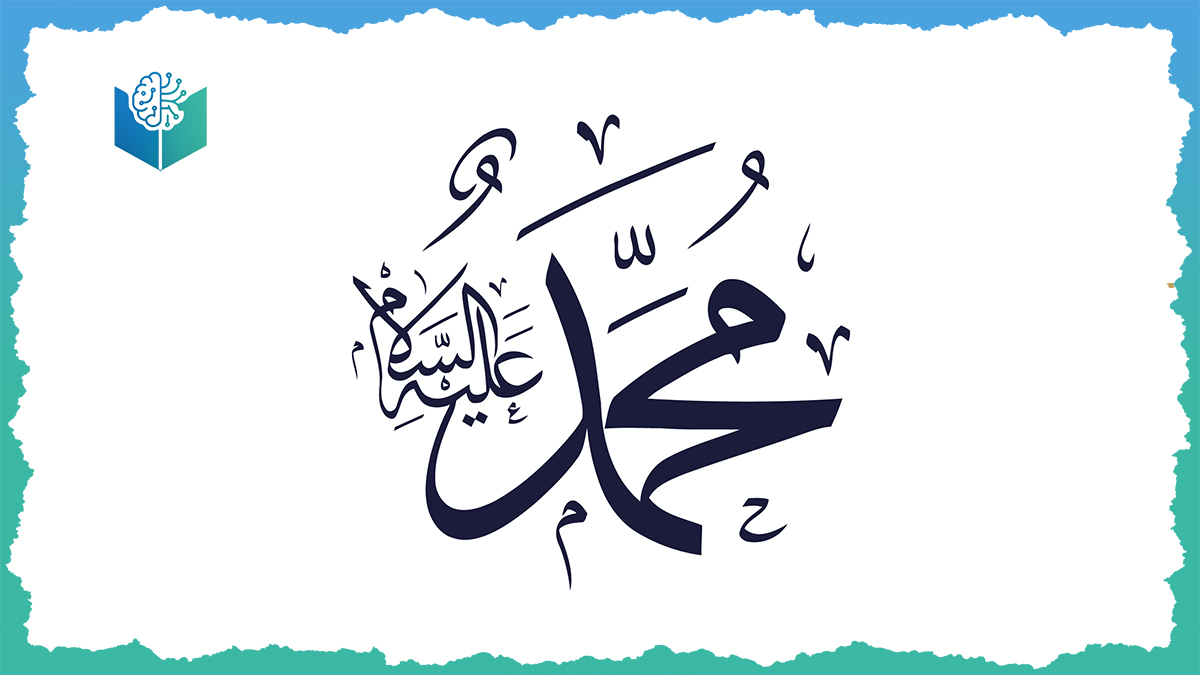
The Call to Islam and Early Persecution
The initial message preached by Muhammad ﷺ was revolutionary for its time and place: the absolute oneness of God (Tawhid), calling for an end to polytheism, idolatry, and the pervasive social injustices that plagued Meccan society. He advocated for compassion for the poor, protection for the vulnerable, and equality among all people, challenging the entrenched tribal loyalties and class distinctions.
But this powerful message was not welcomed by the Meccan leaders and wealthy merchants. They were afraid of losing their power, giving up their pagan gods (which brought visitors and money to the Kaaba), and seeing their way of life change. For more than ten years, Prophet Muhammad and his small group of followers faced many hardships. They were mocked, cut off from society, tortured, and suffered financially. Still, they stayed strong in their Islamic faith. Their patience and dedication helped build the strong Islamic spirit that continues to inspire Muslims today.
The Hijra and the Establishment of the Medinan State
As life in Mecca became harder and more dangerous for the Muslims, a new chance for safety appeared. People from Yathrib (later called Medina) asked Prophet Muhammad to help solve problems between their tribes and become their leader. He saw this as a chance to live in peace and spread the message of Islam. So, in 622 CE, Prophet Muhammad and his followers quietly left Mecca. This journey, called the Hijra (migration), marks the start of the Islamic calendar and is an important part of the life history of Prophet Muhammad from birth to death.
In Medina, Prophet Muhammad established the first fully-fledged Muslim community (Ummah), laying the blueprint for an Islamic state. He drafted the “Constitution of Medina,” a truly groundbreaking document that outlined the rights and responsibilities of all communities living in Medina, including Muslims, Jews, and various pagan tribes. It guaranteed religious freedom, established principles of mutual defense, and set rules for dispute resolution, emphasizing unity and justice over tribal loyalties. This act of statesmanship demonstrated his ability to forge a cohesive society out of diverse elements, showcasing the inclusive nature of the burgeoning Islamic faith.
Conflicts, Consolidation, and the Peaceful Conquest of Mecca
The establishment of the thriving Muslim community in Medina did not bring an end to the hostility from Mecca. Several key battles ensued as the Meccans sought to crush the growing Islamic movement. The Battle of Badr (624 CE) saw a small, ill-equipped Muslim force achieve a miraculous victory against a larger Meccan army. The Battle of Uhud (625 CE) presented a setback, teaching important lessons about discipline. The Battle of the Trench (627 CE) was a siege where the Muslims ingeniously defended Medina by digging a trench, showcasing the Prophet’s tactical brilliance. Through these conflicts, the Prophet’s leadership, strategic acumen, and the unwavering faith of his followers were constantly tested and ultimately affirmed.
In 628 CE, the Muslims and the Meccans agreed to a peace deal called the Treaty of Hudaybiyyah. Some Muslims felt it was unfair, but it turned out to be very helpful. It gave the Muslims time to spread Islam peacefully, and many new people and tribes became Muslim during this time.
In 630 CE, after the Meccans broke the peace treaty, Prophet Muhammad marched to Mecca with a large army. But instead of taking revenge, he entered the city peacefully and forgave almost all of his former enemies—even those who had hurt him and his followers. He then removed the idols from the Kaaba and made it a place to worship the One God. This peaceful and forgiving victory is one of the most powerful moments in the Prophet Muhammad Story.
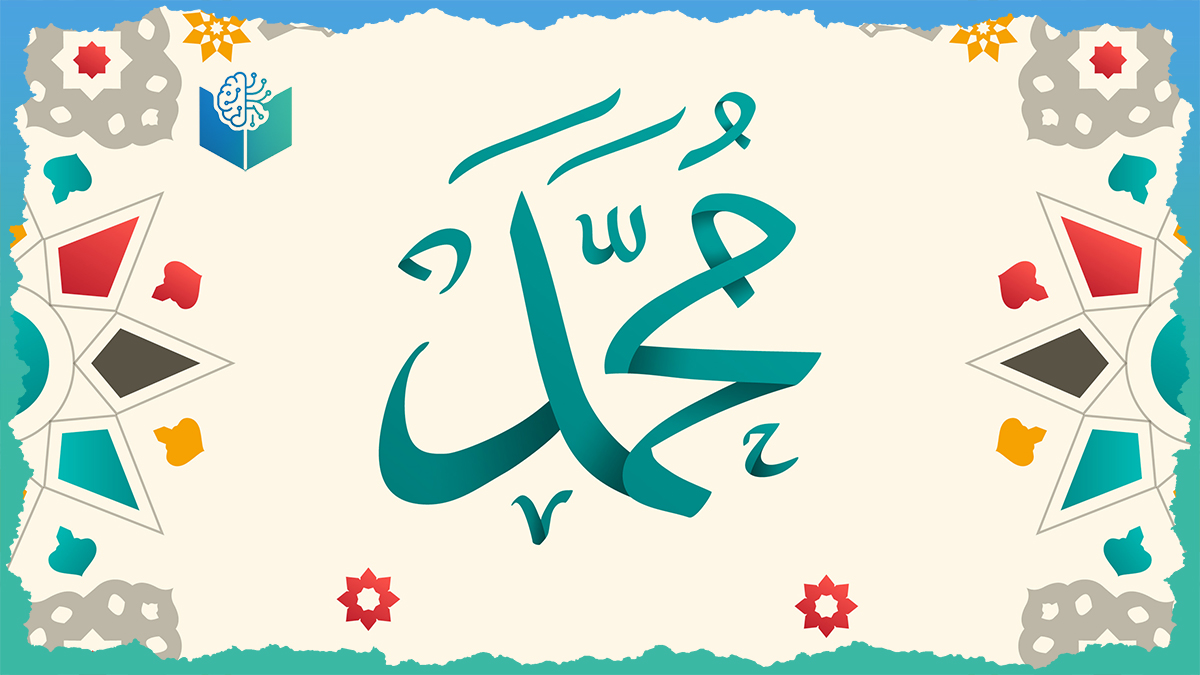
The Final Years, Farewell Pilgrimage, and Enduring Legacy
The remaining two years of the Prophet’s life were dedicated to consolidating the nascent Islamic state, sending envoys to various rulers inviting them to Islam, and meticulously teaching the principles and practices of the faith. His teachings covered every aspect of life, from governance and justice to personal ethics, family relations, and environmental stewardship.
In 632 CE, Prophet Muhammad performed his Farewell Pilgrimage (Hajj) to Mecca. During this sacred journey, he delivered a poignant and comprehensive sermon on Mount Arafat, outlining fundamental Islamic rights and duties. He emphasized equality among all races, the sanctity of life and property, the rights of women, and the importance of adhering to the Quran and his Sunnah. This sermon is often cited as a timeless charter of human rights in Islam.
Shortly after his return to Medina, Prophet Muhammad ﷺ fell ill and passed away on the 12th of Rabi’ al-Awwal, 11 AH (June 8, 632 CE), at the age of 63. His passing marked the end of divine revelation but the glorious beginning of Islam’s remarkable expansion and influence across the globe.
Muhammad’s Spouses and the Dynamics of His Family Life
The Prophet Muhammad’s ﷺ personal life was profoundly shaped by his beloved first wife, Khadijah bint Khuwaylid. Their marriage, which occurred when he was 25 and she 40, was a cornerstone of his life and mission. Khadijah was a highly respected and successful businesswoman in Mecca, known for her intelligence, integrity, and wealth. Their union was built on deep love, mutual respect, and unwavering support, and she remained his only Muhammad spouse until her passing, nearly 25 years later.
Khadijah’s significance in the Prophet Muhammad story cannot be overstated. When he received his first terrifying revelation in the cave of Hira, it was Khadijah who comforted him, reassured him, and immediately believed in his prophethood without hesitation. Her unwavering faith and steadfast support during the most challenging early years of Islamic history, when the Prophet faced intense persecution and ridicule, were absolutely pivotal. She provided not only emotional and financial backing but also immense spiritual strength, solidifying her position as the first person to embrace Islam. Their home was a sanctuary, and her wisdom and encouragement were invaluable to the Prophet. Her death, just before the Hijra, was a profound loss, deeply affecting the Prophet and marking a period of intense grief for him.
The Everlasting Impact of Prophet Muhammad ﷺ
The impact of Prophet Muhammad ﷺ on human civilization is unparalleled and immeasurable. He transformed a fragmented, tribalistic, and polytheistic society into a unified, disciplined, and morally upright community guided by the principles of monotheism and justice. He established a comprehensive socio-political and legal framework that laid the groundwork for a vast civilization. His teachings, preserved in the Quran and his Sunnah, provided guidance on all aspects of human existence, from spiritual rituals to economic transactions, governance, and inter-personal relationships.
His life served as the ultimate practical illustration of the Quranic verses, embodying qualities like patience, humility, generosity, courage, forgiveness, and unwavering mercy, even towards his staunchest enemies. Muslims worldwide strive to emulate his character (sunnah), viewing him as the perfect role model for all times. He is revered as the seal of the prophets of God, completing the divine message that began with Adam and continued through Noah, Abraham, Moses, and Jesus. Understanding his life, mission, and teachings is absolutely fundamental to grasping Everything about Islam. His legacy continues to inspire billions, reminding humanity of the power of faith, the importance of justice, and the transformative potential of a life dedicated to God.
Q&A: what to know about Prophet Muhammad
Why is Prophet Muhammad so famous?
Muhammad was chosen by God to receive and share His messages. That’s why Muslims everywhere try to live like he did. After the holy Qur’an, his sayings (hadith) and way of life (sunna) are the most important Islamic texts.
What is Prophet Muhammad's birth date?
Prophet Muhammad’s ﷺ birth date is generally estimated to be around 570 CE in Mecca, in the month of Rabi’ al-Awwal in the Islamic calendar. While some traditions specify the 12th of Rabi’ al-Awwal, others suggest the 9th or 17th of the same month.
What are 5 facts about Prophet Muhammad?
He founded Islam and is revered as the final prophet by nearly two billion Muslims. Born in Mecca around 570 CE, he received divine revelations forming the Quran and established the first Muslim state in Medina. His life and teachings remain the ultimate guide for Muslims worldwide.

